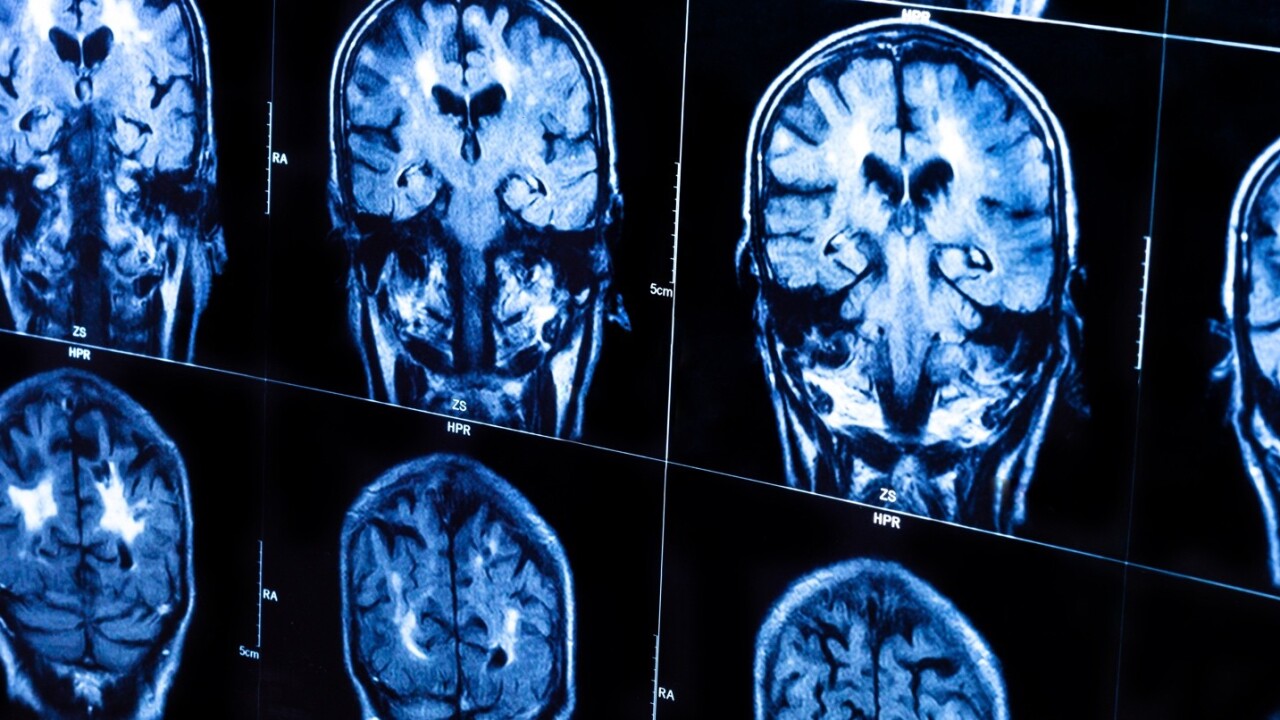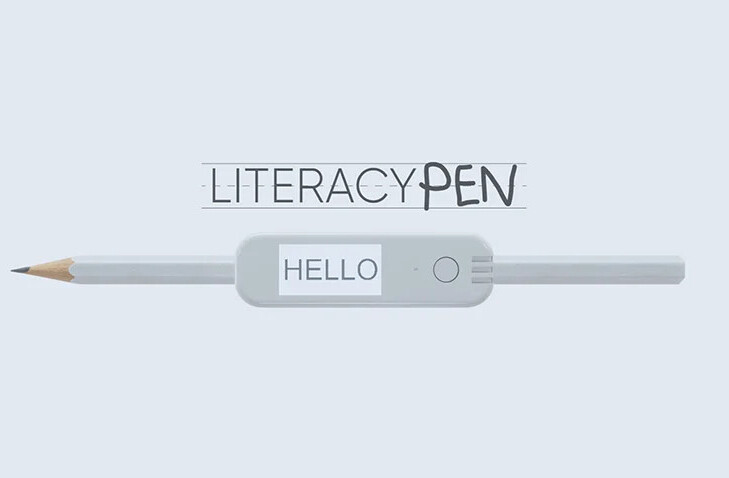
Scientists at the Massachusetts Institute of Technology (MIT) developed a novel system of drug delivery using deep-brain implant technology. This may solve the problems of unwanted medication interactions and side-effects that plague current treatments for brain disorders and mental illness. Also, it can make rats do the Stanky Leg.
The new tech is called the ‘miniaturized neural drug delivery system’ (MiNDS). It uses a very small needle (150 microns in diameter) filled with tubes. Once inserted into the brain it’s connected to two tiny wireless pumps — also implanted in your skull.
It’s the first closed system capable of delivering multiple medications to targeted areas of the brain. Incredibly, it’s capable of delivering medication for periods as long as two months.
MiNDS has been successfully tested on rats and non-human primates, and shown to be remarkably effective. One the biggest problems with drug-based treatments for neurological disorders and mental health concerns is in trying to get them past the blood-brain barrier without screwing up other body systems.
According to MIT Professor Michael Cima:
One of the problems with central nervous system drugs is that they’re not specific, and if you’re taking them orally they go everywhere. The only way we can limit the exposure is to just deliver to a cubic millimeter of the brain, and in order to do that, you have to have extremely small cannulas.
Suffering through the side-effects of medication designed to treat things like multiple sclerosis, Parkinson’s, or depression can be a nightmare. Technology like MiNDS could raise the quality of life of hundreds of millions of people by eliminating the guess work and letting doctors target the source of the problem.
It’s not perfect though, there’s a lot of work to be done before the implants are ready for prime-time. For one, just because it works in monkeys or mice doesn’t mean people are ready to have wireless transmitters, batteries, pumps, needles, and drug-filled tubes in their skulls.
One line from the team’s research paper, in particular, seems to come straight out of sci-fi horror, “By inducing a reversible hemiparkinsonian state in rats, we illustrated the ability of MiNDS to interface with deep brain circuitry.”
Or, as writer Anne Trafton put it in an MIT News post:
Previous studies have shown that muscimol induces symptoms similar to those seen in Parkinson’s disease. The researchers were able to generate those effects, which include stimulating the rats to continually turn in a clockwise direction, using their miniaturized delivery needle.
But even if there’s a small risk of being mind-controlled by evil doctors, it’s probably still worth it.
Eventually these needles could be manufactured out of non-metallic substances (currently they’re stainless steel) so they’ll be MRI compatible. And better batteries could leave to longer leave-in periods.
One day the treatment for depression or brain disease could involve a simple one-time surgical procedure followed by app-based monitoring. “Hey Siri, how are my dopamine levels today?”
Get the TNW newsletter
Get the most important tech news in your inbox each week.





